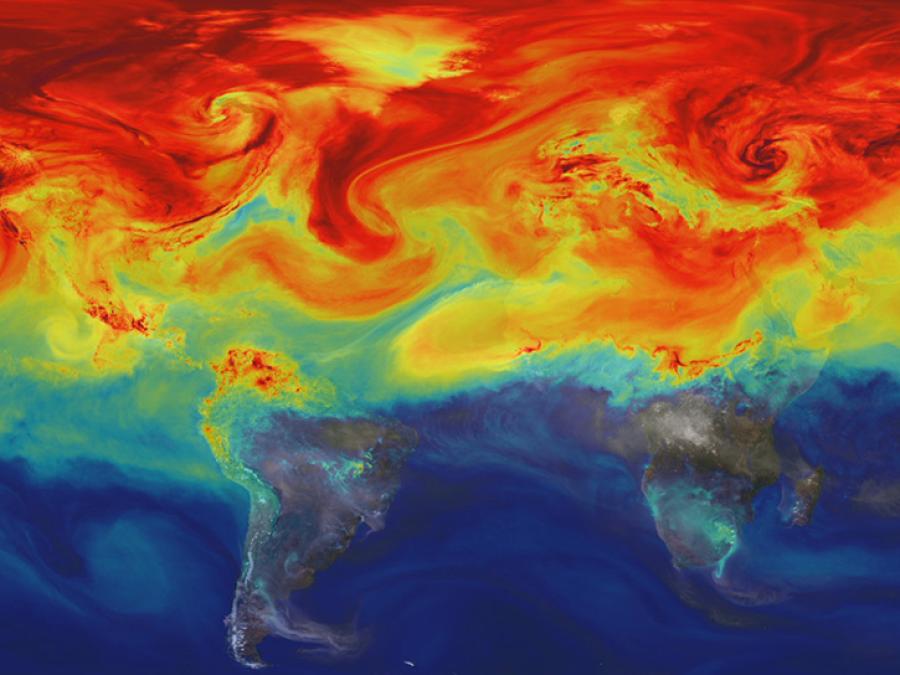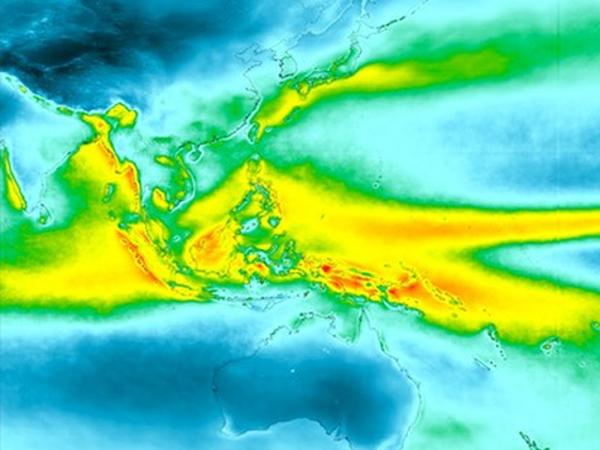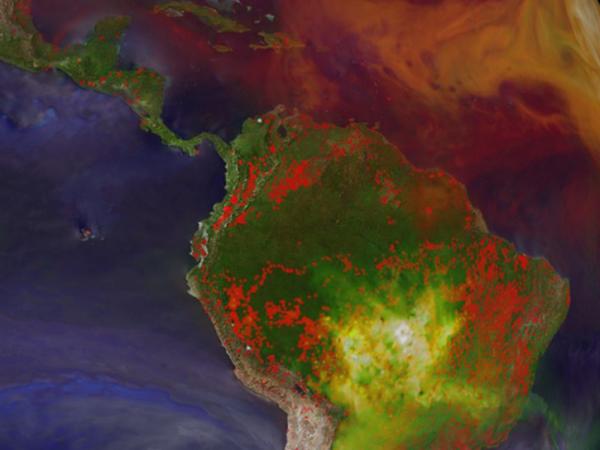


GES DISC
NASA's Goddard Earth Sciences Data and Information Services Center (GES DISC), one of NASA's Distributed Active Archive Centers (DAACs), is located at NASA's Goddard Space Flight Center in Greenbelt, MD. GES DISC provides access to a wide range of global climate data, concentrated primarily in the areas of atmospheric composition, atmospheric dynamics, global precipitation, and solar irradiance.
GES DISC supports data from many missions including Aqua, Aura, Solar Radiation and Climate Experiment (SORCE), Tropical Rainfall Measuring Mission (TRMM), Upper Atmosphere Research Satellite (UARS), and Earth Probe/Total Ozone Mapping Spectrometers (TOMS). GES DISC also provides data subsetting, exploration, visualization, and access services.
GES DISC Data and Services
Visit the GES DISC website to learn more about data and services. GES DISC content will move into Earthdata in 2026.
GES DISC global climate datasets can be accessed through the GES DISC website, which provides several search and order methods. These include the keyword-based Mirador and Open-source Project for a Network Data Access Protocol (OPeNDAP) as well as Earthdata Search.
Location
Manager
Founded
CoreTrustSeal Certified Repository
We are proud to be a CoreTrustSeal Certified Repository. CoreTrustSeal is an international, community based, non-governmental, and non-profit organization promoting sustainable and trustworthhy data infrastructures.
